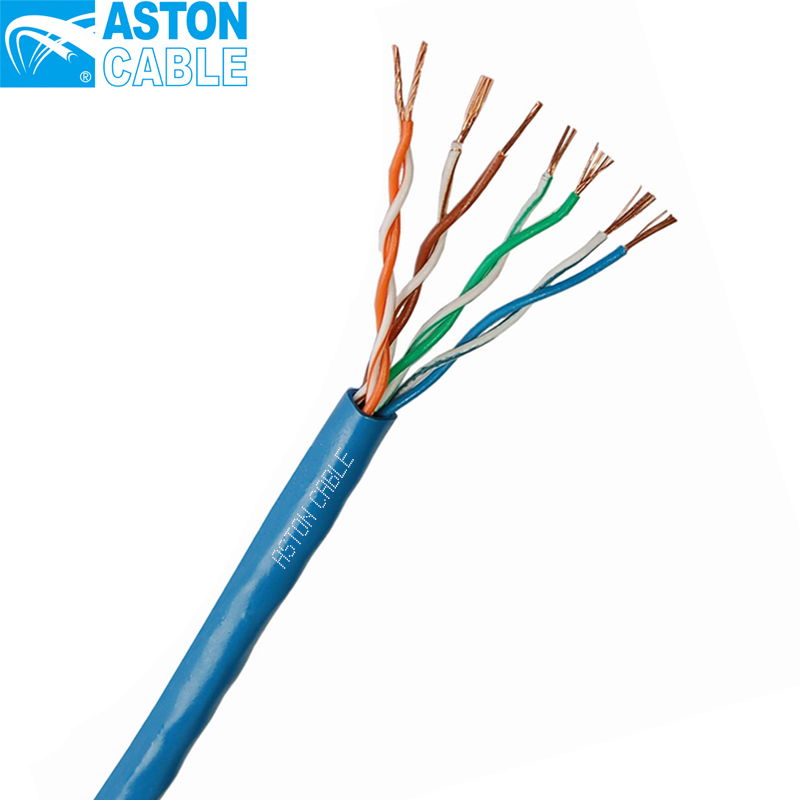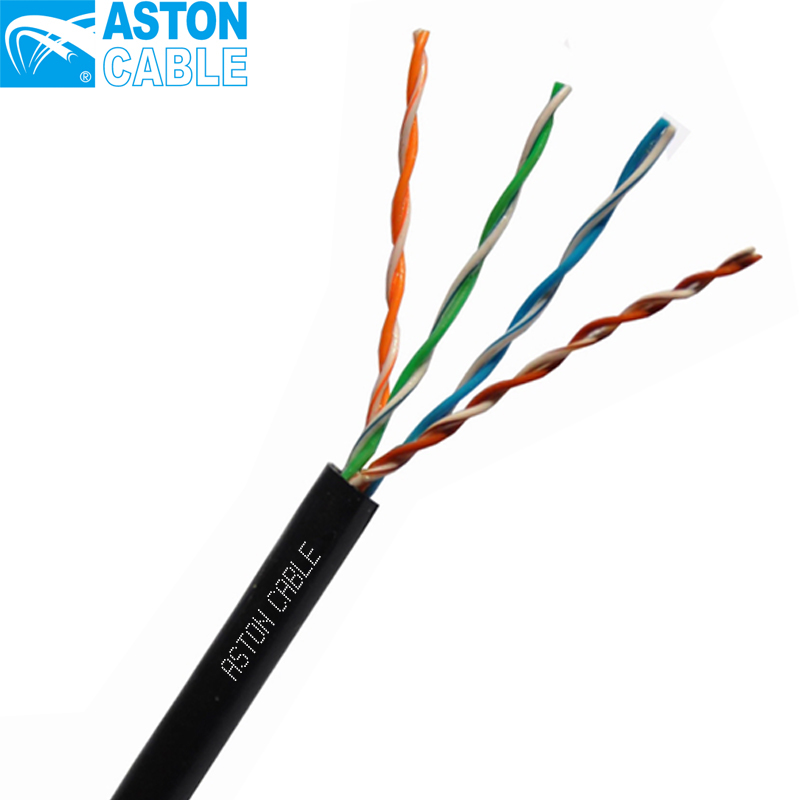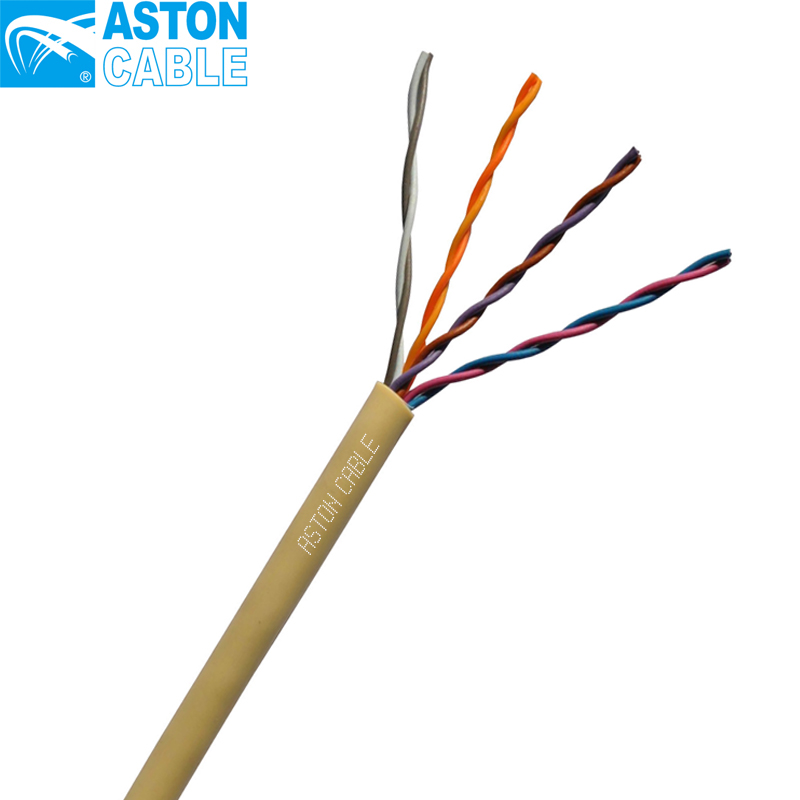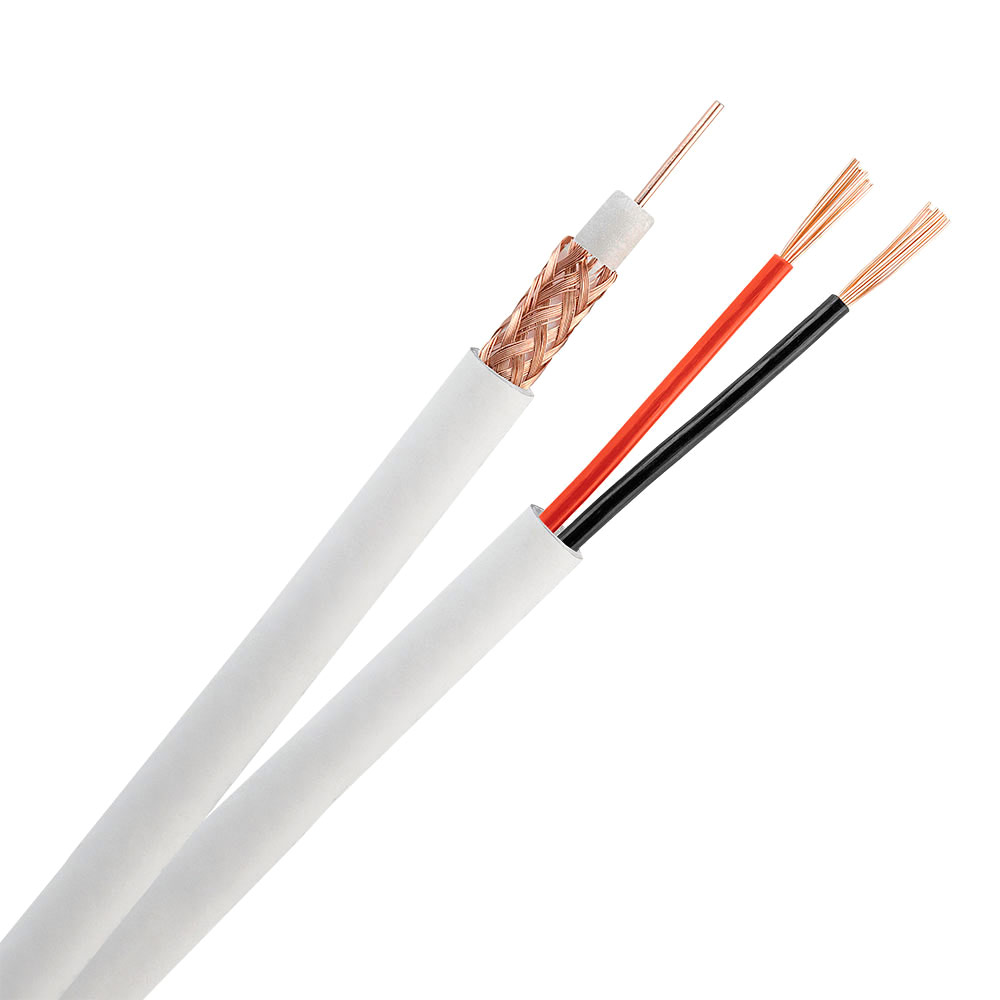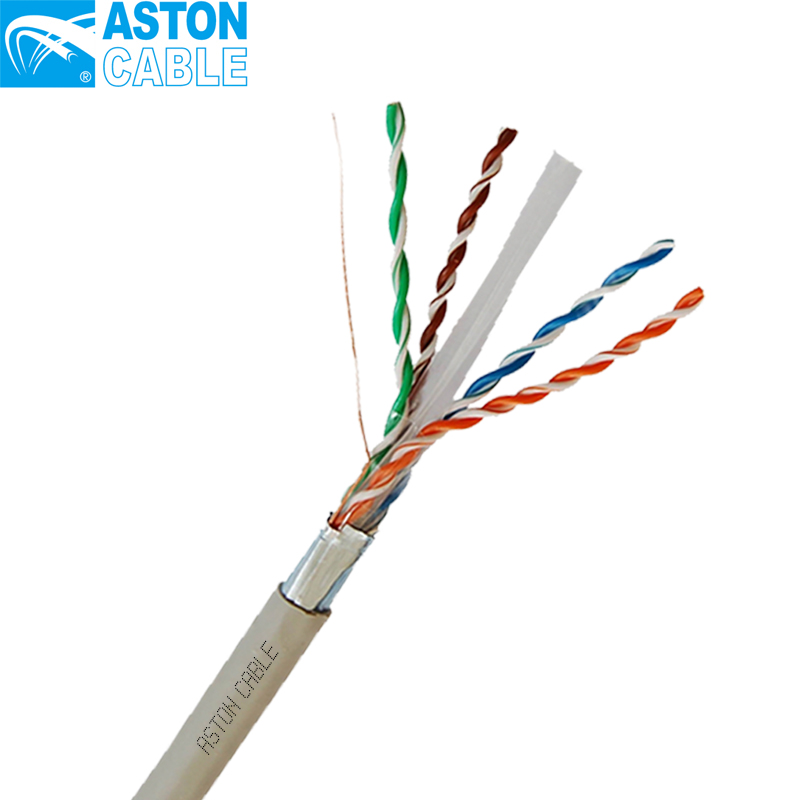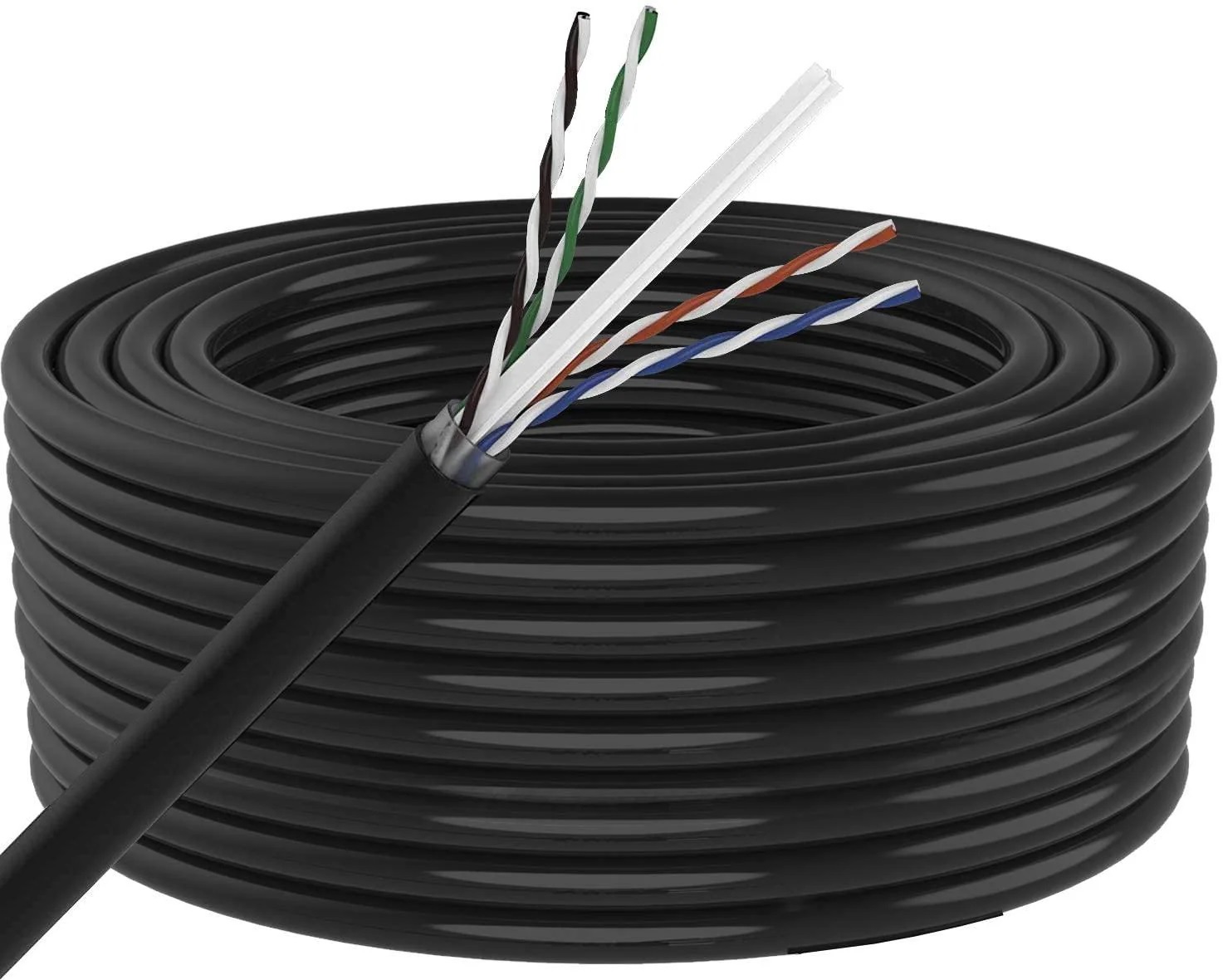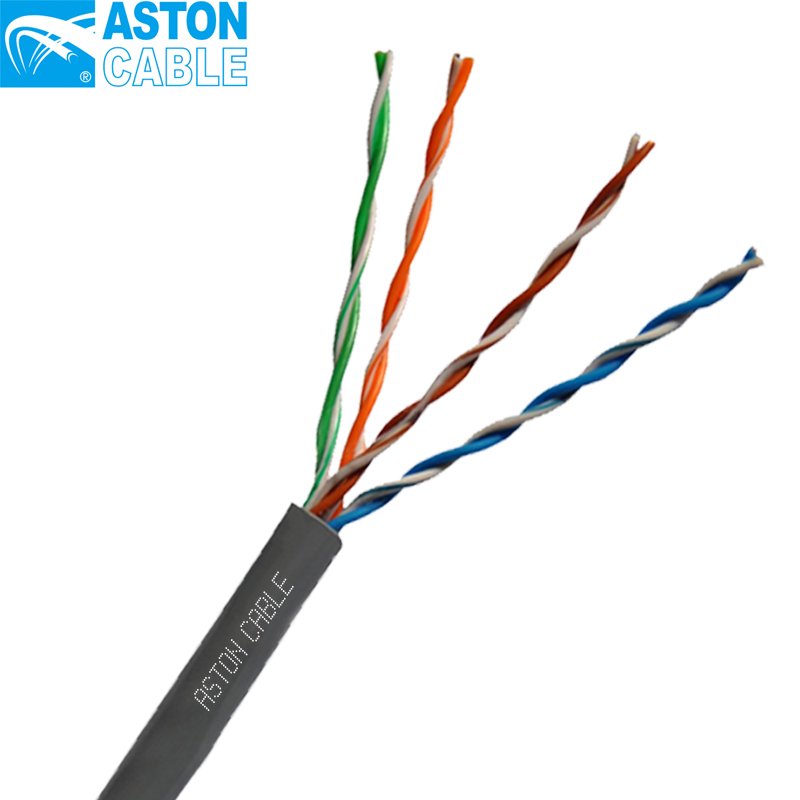| Specification | Details |
|---|---|
| Conductor | 24AWG CCA |
| Core | 4 Pair Stranded Conductor |
| Insulation | HDPE Retardant |
| Outer Jacket | PVC, PE Flame Retardant |
| Shielding | None |
| Place of Origin | Hangzhou, Zhejiang |
| Daily Output | 200KM |
Manufacturing Process
The manufacturing of CAT5E alarm cable involves a meticulous process to ensure premium quality and reliability. Initially, the conductor material, mainly CCA for cost-effectiveness, is selected with precision. The conductor is then stranded to enhance flexibility and strength, followed by the application of HDPE insulation to offer superior electrical performance and durability.
Next, the cable undergoes a jacketing process where PVC or PE is applied, providing flame retardancy and protection against environmental factors. Quality control measures are implemented at each stage, including electrical testing to meet IEC standards, ensuring that the finished product meets both domestic and international standards.
Product Application Scenarios
CAT5E alarm cables are pivotal in an array of security and data transmission applications. Primarily used in residential and commercial alarm systems, these cables facilitate the seamless connection of sensors, detectors, and control panels, ensuring efficient signal transmission and system integrity.
Additionally, in network data environments, CAT5E alarm cables are used for structured cabling systems, supporting data transfer rates up to 100 MHz. Their application extends to intrusion detection systems, fire alarm systems, and access control systems, contributing to comprehensive security solutions across various infrastructures.
After-Sales Service
At Aston Cable, we pride ourselves in offering robust after-sales support. Our dedicated customer service team is available to assist with installation queries, product performance issues, and technical guidance. We also offer replacement services for defective products under warranty, ensuring customer satisfaction and product reliability.
Product Transportation
The transportation of CAT5E alarm cables is executed with utmost care to preserve product integrity. We use standard export packaging to protect the cables from damage during transit. With a delivery port in Ningbo, orders are dispatched efficiently to meet customer deadlines and geographical requirements.
Product Advantages
- Cost-Effective: CCA provides an economical solution without compromising performance.
- High Performance: Supports up to 100MHz data transfer, ideal for security systems.
- Durability: PVC/PE jackets ensure longevity and resilience against environmental factors.
Product FAQ
1. What is the primary material used in CAT5E alarm cables?
The primary material used is CCA (Copper Clad Aluminum), chosen for its cost-effectiveness while still providing reliable performance for alarm and network applications.
2. Are these cables suitable for high EMI environments?
While unshielded, these cables can be installed in environments with minimal EMI. For areas with high electrical noise, shielded variants are recommended.
3. What applications are CAT5E alarm cables most suited for?
These cables are ideal for alarm systems, network data transmissions, and access control systems, among other security-related applications.
4. How does the flame retardant feature benefit installations?
The PVC and PE flame retardant jackets enhance safety by preventing the spread of fire, a critical feature for installations in sensitive areas.
5. Can I customize the color of the cable jacket?
Yes, customization options are available for the cable jacket color as per customer requirements, aiding in easy identification during installation.
6. What is the minimum order quantity for these cables?
The minimum order quantity is 50KM, ensuring that bulk requirements are met effectively for larger projects.
7. Are there options for enhanced cable performance?
Yes, options with increased copper content are available for better performance, suitable for high-demand applications.
8. How does CCA affect cable flexibility?
CCA offers enhanced flexibility compared to pure copper, making it easier to install, especially in confined spaces or complex routing scenarios.
9. What testing do the cables undergo?
Cables are tested for electrical performance, adherence to IEC standards, and undergo a rigorous quality control process to ensure reliability.
10. Is there a customer support contact for more information?
Yes, our sales manager Michael is available via email at michael@astoncable.com for detailed product inquiries and support.
Product Hot Topics
1. The Impact of CCA vs. Copper in Alarm Cable Performance
While pure copper cables are known for their superior conductivity, CCA (Copper Clad Aluminum) presents a more economical option, offering adequate performance for many standard applications. The key advantage of CCA lies in its cost efficiency, enabling the installation of extensive security systems at a lower price point. However, it's essential to consider the specific requirements of your environment; high-demand scenarios may still benefit from the enhanced conductivity of pure copper. Balancing cost and performance is crucial in choosing the right cable for your needs.
Image Description
